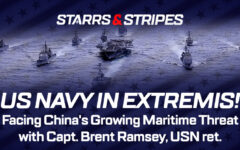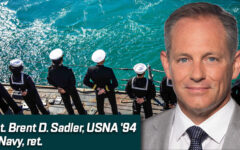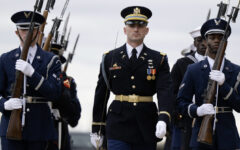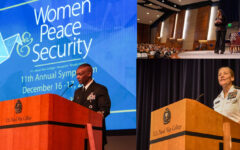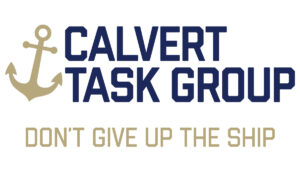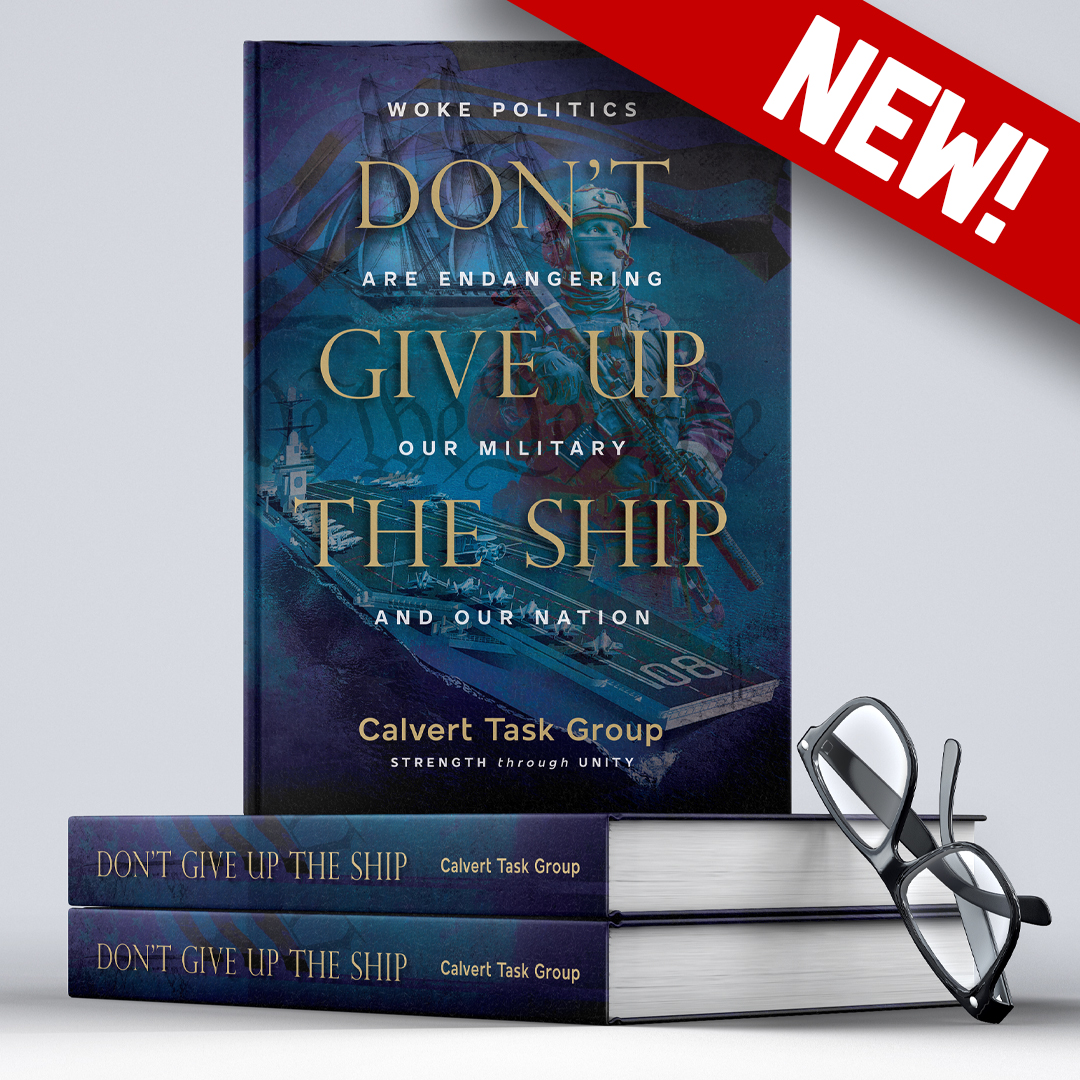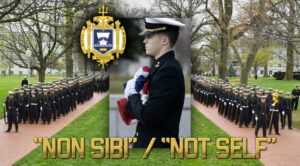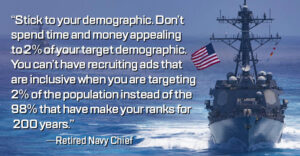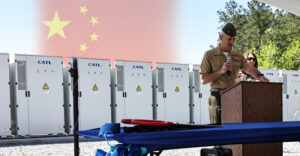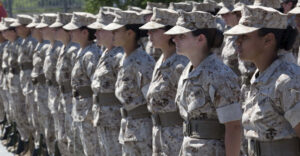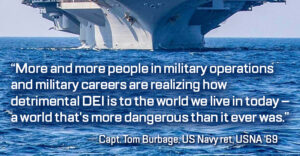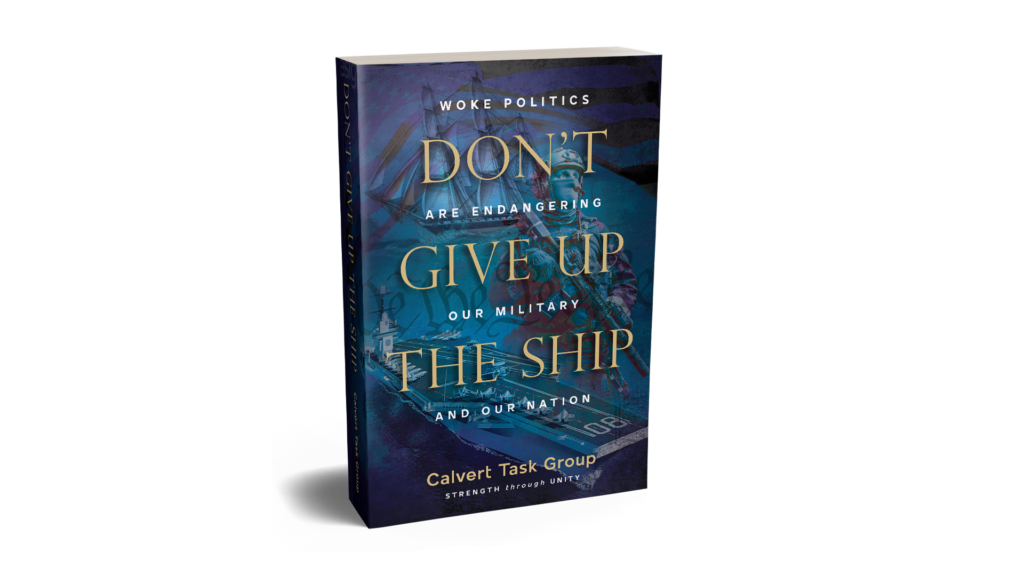The Navy, the Marines, and Amphibious Ships
6 May 2024 2024-05-18 16:28The Navy, the Marines, and Amphibious Ships
By Capt Brent Ramsey, US Navy ret
In my last article, I covered the importance of Navy carriers to the survival of Taiwan and defense of our treaty allies in the Pacific. Carriers are only the first element of that defense equation. To defend our friends from the PRC, our forces of choice are the Marines.
The immediate past Commandant of the Marines, General David Berger, recognized the changing threat in the Pacific. Early in his tenure, he introduced a major overhaul and redirection of the Marine Corps with revolutionary new methods in the Pacific, Distributed Maritime Operations (DMO), and Expeditionary Advanced Base Operations (EABO).
-
-
- Dispersing Navy units over a larger area within the theater of operations, so as to make it harder for an adversary to detect and target Navy units, while still permitting Navy units to support one another and concentrate their fires on adversary targets.
- Spreading the Navy’s sensors and weapons across a wider array of ships and aircraft, so as to reduce the fraction of the Navy’s sensors and weapons that would be lost due to the destruction of any one Navy ship or aircraft (i.e., avoid “putting too many eggs into one basket”).
- Making greater use of longer-ranged weapons, unmanned vessels, and unmanned aircraft in support of the previous two points.
- Using resilient communication links and networking technologies to knit the resulting widely dispersed force of manned and unmanned ships and aircraft into a coordinated battle force that can withstand and adapt to enemy attacks on Navy communications and networks.
-
-
-
- A form of expeditionary warfare that involves the employment of mobile, low-signature, operationally relevant, and relatively easy to maintain and sustain naval expeditionary forces from a series of austere, temporary locations ashore or inshore within a contested or potentially contested maritime area in order to conduct sea denial, support sea control, or enable fleet sustainment.
-
Gen. Berger changed radically both how the USMC plans to operate in the Pacific and what ships, aircraft, and weaponry will be needed in the future for that fight. For more information on the details of these warfighting doctrines, please visit Force Design 2030.
In recognition of the nature and growth of the threat in the Pacific and the changes in how the Marines will deal with that threat, USMC Forces, Pacific, is the largest operational command in the Marines. It is composed of two-thirds of the Marine Corps’ active-duty combat forces, I Marine Expeditionary Force, and III Marine Expeditionary Force.
Their website says,
“These Marines serve as the Nation’s expeditionary force-in-readiness in the Indo-Pacific, forward positioned and actively employed throughout the vast maritime region. Every day, Pacific Marines execute two important roles — as ‘stand-in’ forces and crisis response forces, both tailor built for diverse security challenges. They are naval in nature, experts in the littorals, and operate across all domains — sea, land, air, space, and cyber. They work daily with the joint force and like-minded allies and partners to deter aggression, strengthen stability, and if the Nation calls, to fight and win.”
To execute the above mission, specific types of ships are required. The Navy provides these ships and transports the Marines to the fight. After considerable negotiation and with congressional intervention, the Navy, the Marines, and Congress have finally agreed that 31 large amphibious ships are required to execute the USMC mission. In fact, 10 U.S.C. 8062(b) requires the Navy to have at least 31 operational amphibious warfare ships. We currently have 25.
Problem 1: Even though there now is agreement on the need for 31 large Amphibs, the Navy and Congress have not programmed the funds to build additional ships. This prompts a question: How does anyone expect the Marines to carry out their mission? In the Navy’s 30-year shipbuilding plan, there is no plan to reach the 31-ship goal. The Navy’s FY 2024 five-year plan (FY24-28) shows the funding for one large Amphibious ship funded in FY27. That ship will take years to build. In the next few years, the Navy will likely retire at least three Amphibs that are 40 years old or older, thus reducing the ship total to a new low of 22 ships, a deficit of nine from the requirement. Compounding the problem of an adequate number of ships, as was outlined in a previous article, the Navy has an extreme problem with maintaining and getting to sea the ships that we currently have.
Problem 2: The mission shift to DMO and EABO created the urgent need for a new ship type that we do not have, the Light Amphibious Warship (LAW). The Navy’s name is Landing Ship Medium (LSM). We do not currently have any of those ships. Even though the need for such ships was identified by the Navy in planning documents as early as 2020, no such ships have been built. The Navy’s proposed FY 2025 budget requests funds to buy the first of those ships (for a planned total of 18-25 ships) at a cost of $268M. Considering the urgent need to be able to defend our allies, this slow pace to field ships to enable the Marines to conduct DMO and EABO is inexcusable. Many intelligence estimates predict a conflict over Taiwan could begin as early as 2027, which means the Marines will not have the ships that they need for that conflict.
Conclusion: The Navy/Marine Corps team will be unable to defend Taiwan and others effectively — with likely deadly consequences. If China dominates the INDO Pacific, it will dictate economic factors impacting the entire world. If this alarms you, write your congressional representatives.


